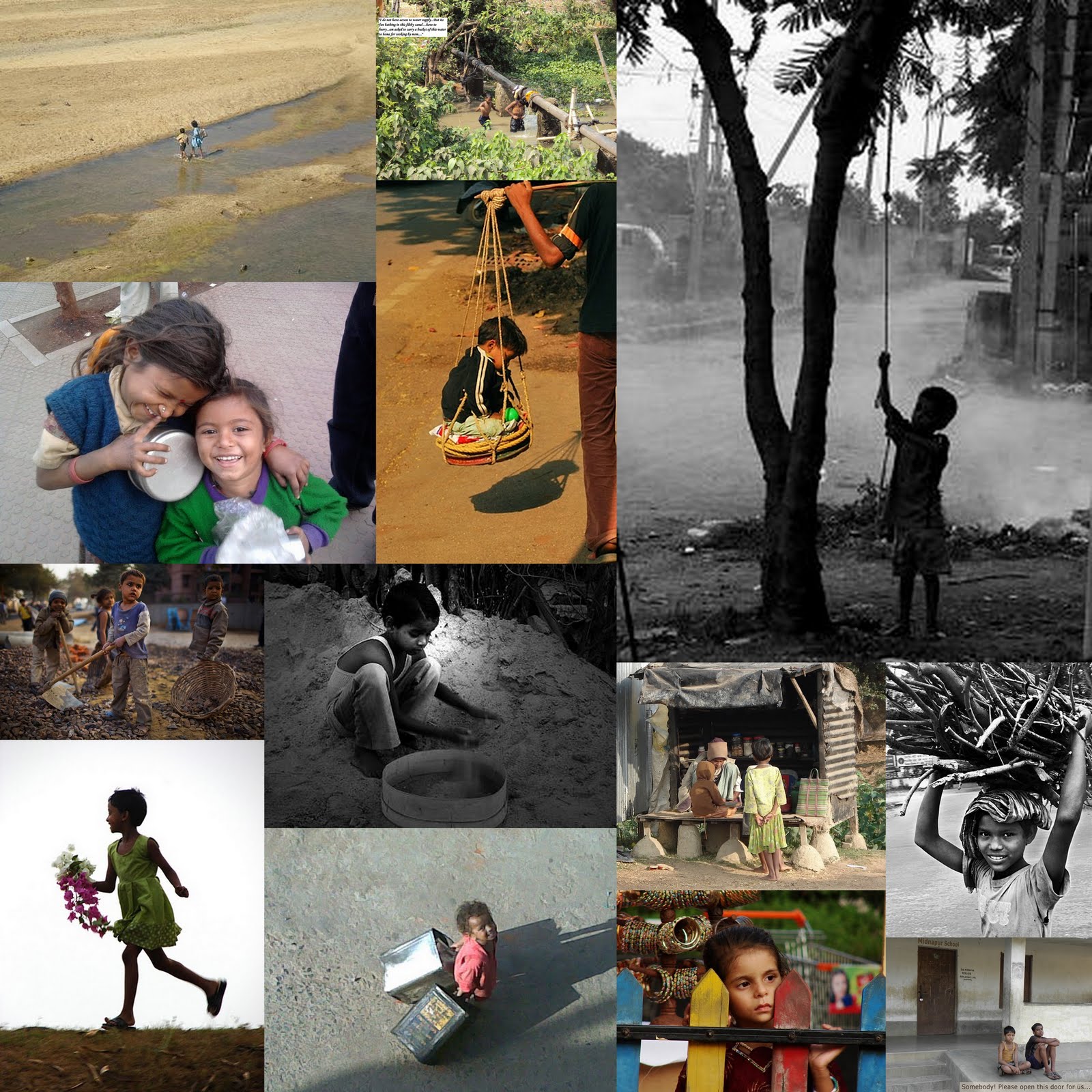This happened around a month back. It was my cousin’s wedding and I was on my way to the destination. Dressed in all our finery, me, my mother and sisters were busy talking among ourselves and were thoroughly enjoying our little trip in our comfortable air-conditioned car.
When we reached the crossing at Park Street, there was, as usual, a traffic jam, and so we had to stop there for a while. It was then that a small child of around 10, selling luxuriant bunches of roses, began tapping at our window. Now, anyone living in Calcutta knows what I am talking about- you see these children at most busy crossings, trying their best to sell you something in order to eke out a living. We were too busy to notice him in the beginning… He, however, did not rest until he’d drawn our attention towards himself.
We saw that the flowers he was selling were really fresh but it was sad that my dad being in another car, we had absolutely no money on ourselves. My mother thus rolled down her window, looked at the boy and told him that despite admiring the flowers a lot, she wouldn’t be able to buy them and thus, he shouldn’t be wasting his time on us. The boy refused to budge and thrust a bunch in through the window. My mother returned the bunch, repeating we had no money and suggesting that maybe if he approached another car, he might manage to sell one.
The child then did something that touched each one of us in a way very few things do. As the traffic lights turned green, he thrust the bunch into my mother’s hand, asking her to keep it, for free, saying just one simple sentence- “Rakh lijiye. Aapko achha laga na?”. Not listening to our protests, the child walked away, leaving the bunch with us.
This got us all thinking…How much time do we all spend haggling with the grocery store owner, the sabjiwallahs, the fruit sellers or even other street vendors, for as little as five or ten bucks? And here was this little boy, with hardly any money in his pocket who had just humbled us all by giving us a whole bunch of roses simply because my mother had liked them… This, despite him knowing how much he could have earned had he sold the bunch to someone else…
My heart reaches out to him, and so many others like him, who, by their simple deeds, not only touch hearts, but also prove to be more educated than all of us “educated” ones… and who have larger hearts than we do…
Sonam Chamaria
CRY volunteer
.jpg)